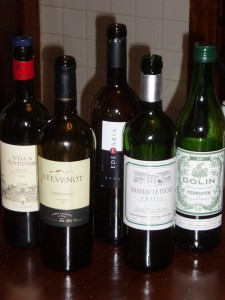 I hope you and yours had a wonderful time popping a cork or two last Saturday night for Open That Bottle Night. For my part, a handful of my closest friends descended on my place for a wonderful meal of braised paprika chicken, orzo and lemon-garlic asparagus.
We started with an appetizer of oysters, a small aperitif of exceptional Dolin Dry Vermouth and a glass of white Bordeaux ('06 Ch. le Tucau, Graves). Then with dinner we moved on to our "serious" wines - those we had been saving for whatever special occasion had yet to materialize. I wasn't exactly sure what my bottle of Spanish wine from Terra Alta, Spain would bring - but I had high hopes, too. This isn't a region you often see here in the States; my bottle was actually hand-carried back from Barcelona by my best friend after her wedding there.
I hope you and yours had a wonderful time popping a cork or two last Saturday night for Open That Bottle Night. For my part, a handful of my closest friends descended on my place for a wonderful meal of braised paprika chicken, orzo and lemon-garlic asparagus.
We started with an appetizer of oysters, a small aperitif of exceptional Dolin Dry Vermouth and a glass of white Bordeaux ('06 Ch. le Tucau, Graves). Then with dinner we moved on to our "serious" wines - those we had been saving for whatever special occasion had yet to materialize. I wasn't exactly sure what my bottle of Spanish wine from Terra Alta, Spain would bring - but I had high hopes, too. This isn't a region you often see here in the States; my bottle was actually hand-carried back from Barcelona by my best friend after her wedding there.
The Terra Alta D.O. boasts only 28 vineyards. The region is characterized by its Mediterranean & Continental climate (very cold winters, very hot summers), steep slopes and valley floors, and its proximity to its better known neighbor, Priorat. The cierzo breezes from the northeast do their part to keep the grapes dry, preventing rot. Terra Alta is considered an up and coming region, with many winemakers experimenting with better known grape varieties like Cabernet Sauvignon and Syrah, which have been permitted since 1995. More often you'll find native grapes Garnacha Tinta and Carinena as well as Garnacha Peluda and Morenillo, as far as the reds go.
Doing my best to navigate the Catalan description on the back of the bottle, I anticipated the Ede Aria 2003 would be a big boy, with need of decanting. The wine was a blend of three grapes: Garnacha Peluda (40%), Syrah (35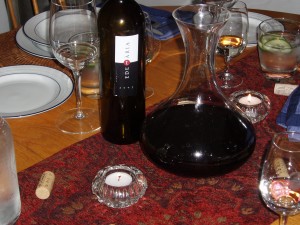 %) and Cabernet Sauvignon (25%). My inspiration for the paprika braised chicken was distinct from the wine I knew I would have on offer, so decanting was a priority to soften any rough edges and remove the sediment the wine was likely to throw. Since I know my friend prefers fruit-forward wines to uber-dry ones, I hoped this wine would deliver a nice silky mouthfeel, with both red and black fruits apparent. Finally, given the region's proximity to the Priorat, I hoped it would have a gentle herbaceousness and a touch of earthy leather. I was pleased to discover it delivered on all of the above!
%) and Cabernet Sauvignon (25%). My inspiration for the paprika braised chicken was distinct from the wine I knew I would have on offer, so decanting was a priority to soften any rough edges and remove the sediment the wine was likely to throw. Since I know my friend prefers fruit-forward wines to uber-dry ones, I hoped this wine would deliver a nice silky mouthfeel, with both red and black fruits apparent. Finally, given the region's proximity to the Priorat, I hoped it would have a gentle herbaceousness and a touch of earthy leather. I was pleased to discover it delivered on all of the above!
The other two wines we opened Saturday night were the 2004 Stevenot Tempranillo (Sierra Foothills, California) and the 2004 Villa Antinori Toscana (Tuscany, Italy).
Yes, Saturday evening I traveled the world with my friends! It was a pleasure to do so.
What wine(s) did you open for OTBN? Any highlights or disappointments in the mix?


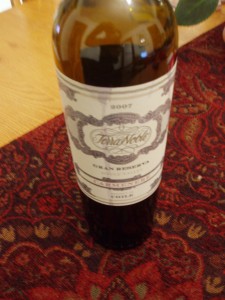 There's something great about finding something you thought had long been lost, or even just finding something you had long forgotten. The idea is the same. There is a magic to the rediscovery, almost heightening your original experience because of the novelty of the find.
This happened to me a couple of years ago when my mom had us go through our respective "boxes" of childhood stuff to consolidate our treasures. I remember finding a terrific array of goodies from my first "club", where I was deemed Secretary. I was - and still am - completely humored by the fact that my newsletter writing style and go-get-'m/take-no-prisoners/ra-ra approach as an 8 year old lived on in my daily correspondence with colleagues in 2006. Funny stuff.
There's something great about finding something you thought had long been lost, or even just finding something you had long forgotten. The idea is the same. There is a magic to the rediscovery, almost heightening your original experience because of the novelty of the find.
This happened to me a couple of years ago when my mom had us go through our respective "boxes" of childhood stuff to consolidate our treasures. I remember finding a terrific array of goodies from my first "club", where I was deemed Secretary. I was - and still am - completely humored by the fact that my newsletter writing style and go-get-'m/take-no-prisoners/ra-ra approach as an 8 year old lived on in my daily correspondence with colleagues in 2006. Funny stuff.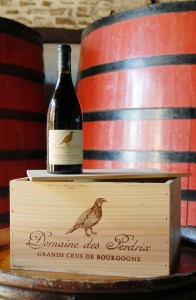 Like the growers champagne tasting I attended in December, the ones I make a real point to get to are not run of the mill, but more of a treat. HD for wine lovers, if you will. Last week I had the pleasure of attending two Burgundy 2007 tastings.
Like the growers champagne tasting I attended in December, the ones I make a real point to get to are not run of the mill, but more of a treat. HD for wine lovers, if you will. Last week I had the pleasure of attending two Burgundy 2007 tastings. 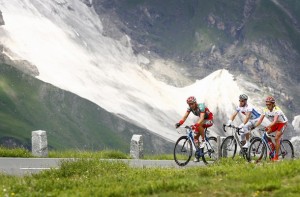 You're probably grateful to learn I'm not just a wine nerd. One of my other passions is cycling (yes, my road bike even has a name). I've found if you are really passionate about something (or things), it is only natural your various interests intersect - however much in your thoughts rather than in practice. Case in point: I'm not likely to sip some vino and get on my bike, but sometimes I think about what "grape" I might be on any given day. (One of these days I'll probably even post on the topic in and of itself - or better yet, start a discussion on the new
You're probably grateful to learn I'm not just a wine nerd. One of my other passions is cycling (yes, my road bike even has a name). I've found if you are really passionate about something (or things), it is only natural your various interests intersect - however much in your thoughts rather than in practice. Case in point: I'm not likely to sip some vino and get on my bike, but sometimes I think about what "grape" I might be on any given day. (One of these days I'll probably even post on the topic in and of itself - or better yet, start a discussion on the new 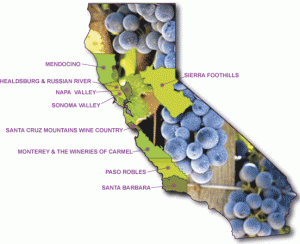 California wines were largely where my wine journeys started. But living on the east coast, and in New England more specifically, the influence of Old World cultures means there is also a large supply of Old World wines. California became less and less a part of my at-home wine drinking as my tastes took me in different directions and the rich history of winemaking abroad sucked me in. But that doesn't mean California doesn't have quite a bit to offer. It's not exactly a small state and it certainly has myriad climates, micro-climates, soil types, winemaking styles/influences and even its own unique history. So today my quest for winter warmer wines takes me - er, us - west!
One winery that continues to impress me is
California wines were largely where my wine journeys started. But living on the east coast, and in New England more specifically, the influence of Old World cultures means there is also a large supply of Old World wines. California became less and less a part of my at-home wine drinking as my tastes took me in different directions and the rich history of winemaking abroad sucked me in. But that doesn't mean California doesn't have quite a bit to offer. It's not exactly a small state and it certainly has myriad climates, micro-climates, soil types, winemaking styles/influences and even its own unique history. So today my quest for winter warmer wines takes me - er, us - west!
One winery that continues to impress me is 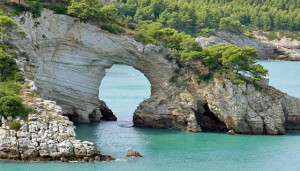 "Wanna get away?" If you, like me, reside in a place where falling snow is a telltale sign winter is fully underway, you are often thinking of an escape to other places. Sometimes we are so lucky to just up and go. And sometimes we have to find other ways to scratch the itch and explore something new, that makes us feel like we're getting away.
I've learned winter is not a time to abandon whites. In fact, they are often the perfect thing! Last weekend, with snow in the forecast (again), I decided to live vicariously through my culinary escapades.... And haddock with a mango salsa, lemon roasted potatoes and (interestingly) roasted spears of sweet summer squash were just my ticket! Truth be told, I had been eying a brand new white we had just brought into the store and knew such a fresh take on a winter warming menu would be a perfect match for my wine of the weekend. I popped the cork on the 2007 DiLeonardo Toh! Friulano and dug in.
"Wanna get away?" If you, like me, reside in a place where falling snow is a telltale sign winter is fully underway, you are often thinking of an escape to other places. Sometimes we are so lucky to just up and go. And sometimes we have to find other ways to scratch the itch and explore something new, that makes us feel like we're getting away.
I've learned winter is not a time to abandon whites. In fact, they are often the perfect thing! Last weekend, with snow in the forecast (again), I decided to live vicariously through my culinary escapades.... And haddock with a mango salsa, lemon roasted potatoes and (interestingly) roasted spears of sweet summer squash were just my ticket! Truth be told, I had been eying a brand new white we had just brought into the store and knew such a fresh take on a winter warming menu would be a perfect match for my wine of the weekend. I popped the cork on the 2007 DiLeonardo Toh! Friulano and dug in.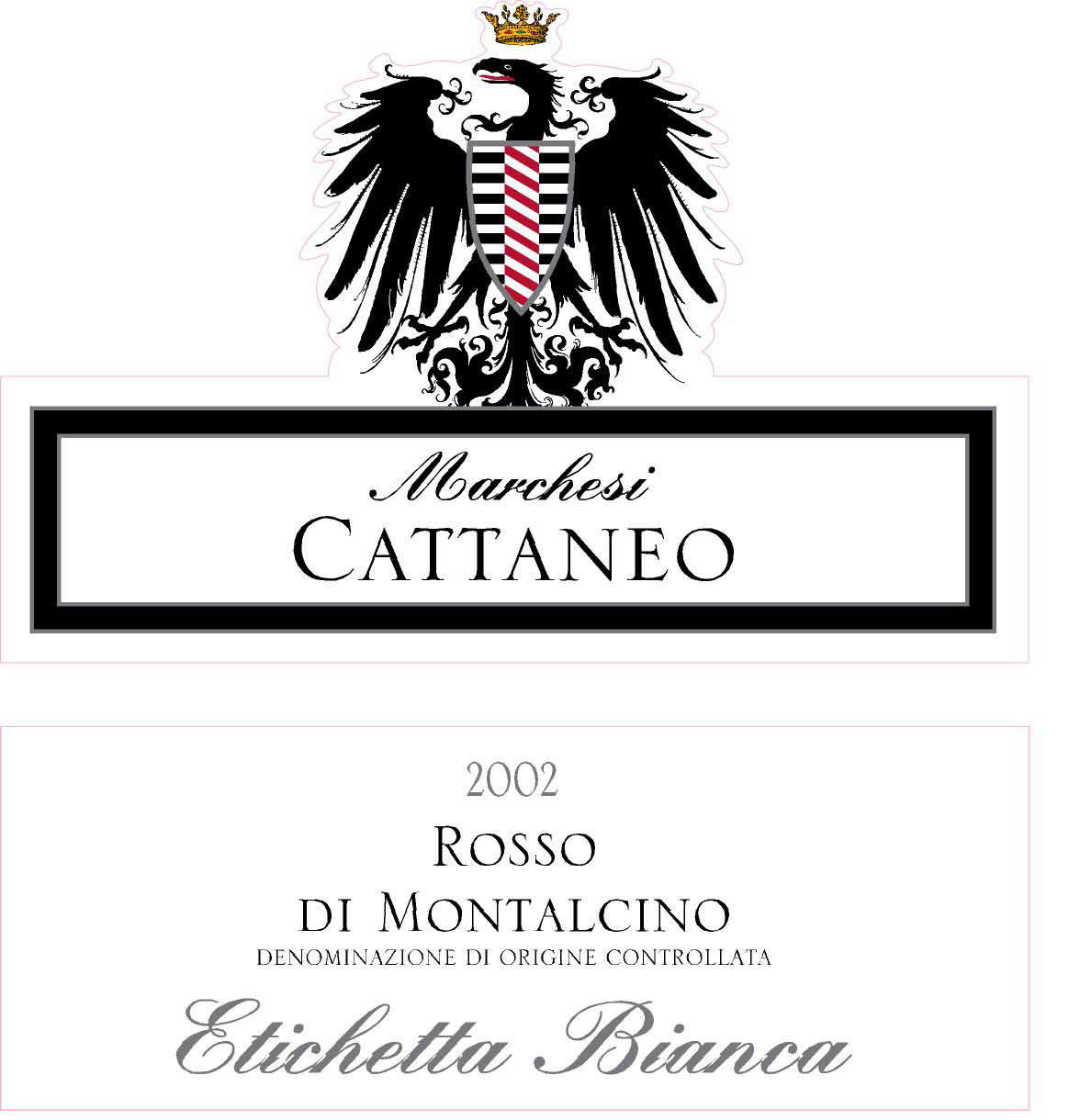 Italian wine production is much like its history and tradition: dynamic, rich and... complicated. Despite this sometimes intimidating complexity (in terms of wine laws, in particular) every time I pick up a bottle from the Tuscan region I am transported to clarity. Tuscan wines are a consistent articulation of what I appreciate most about good wine; they are a liquid language, translating a uniquely local art, history and culture. The wines are fulfillingly layered with flavor, quenching your thirst for what it is you really seek: pure pleasure.
Italian wine production is much like its history and tradition: dynamic, rich and... complicated. Despite this sometimes intimidating complexity (in terms of wine laws, in particular) every time I pick up a bottle from the Tuscan region I am transported to clarity. Tuscan wines are a consistent articulation of what I appreciate most about good wine; they are a liquid language, translating a uniquely local art, history and culture. The wines are fulfillingly layered with flavor, quenching your thirst for what it is you really seek: pure pleasure.
 Ever gone on a blind date and wondered where that person had been all your life? Ever see that person again and known they were exactly what you remembered - and somehow even better?
I first stumbled upon the red grape varietal Cinsault (said: Sin - So?) in its birthday suit (that is, 100% of it in one single bottle, all on its own, not playing just one part in the production) at a grand tasting event last Fall. It's rare to see this varietal doing its own dance; more likely it's one of many blended into wines from the South of France... one of those grapes you always hear about but are never fully sure what it contributes to the bigger picture. I mean, you can always turn to the
Ever gone on a blind date and wondered where that person had been all your life? Ever see that person again and known they were exactly what you remembered - and somehow even better?
I first stumbled upon the red grape varietal Cinsault (said: Sin - So?) in its birthday suit (that is, 100% of it in one single bottle, all on its own, not playing just one part in the production) at a grand tasting event last Fall. It's rare to see this varietal doing its own dance; more likely it's one of many blended into wines from the South of France... one of those grapes you always hear about but are never fully sure what it contributes to the bigger picture. I mean, you can always turn to the  If you recall, last Wednesday we launched my December series "a bit on bubbly" and talked about Growers Champagne. I didn't go much into the production process - or the flavors, for that matter - spending more time talking about the technicalities (and economics) of what makes Growers Champagne special and distinct from the bigger houses' offerings. I promise to circle back to these lovely wines before we ring in the New Year - because I definitely was inspired by many of the wines I was privileged to taste last week, and you really only get the "excuse" to buy expensive bubbly once in a while! But in the meantime, I think its important we move on to a different sparkling wine: Prosecco.
Prosecco is Italian for bubbly. Well, nearly... Asti is the better known of the two predominant sparkling wines the Italians produce; but increasingly Americans have figured out Prosecco equates quality bubbly from Italy, at an affordable price. Venetians, for their part, turn to it daily; lucky devils!
If you recall, last Wednesday we launched my December series "a bit on bubbly" and talked about Growers Champagne. I didn't go much into the production process - or the flavors, for that matter - spending more time talking about the technicalities (and economics) of what makes Growers Champagne special and distinct from the bigger houses' offerings. I promise to circle back to these lovely wines before we ring in the New Year - because I definitely was inspired by many of the wines I was privileged to taste last week, and you really only get the "excuse" to buy expensive bubbly once in a while! But in the meantime, I think its important we move on to a different sparkling wine: Prosecco.
Prosecco is Italian for bubbly. Well, nearly... Asti is the better known of the two predominant sparkling wines the Italians produce; but increasingly Americans have figured out Prosecco equates quality bubbly from Italy, at an affordable price. Venetians, for their part, turn to it daily; lucky devils! The sun is shining here in Boston and I'm off to a Grower Champagne tasting in a little while. Yes, I have something to feel jolly about! But as I was telling friends about my afternoon plans, I remembered many people don't know the tremendous loveliness that is Grower Champagne - or what I'm so excited about. So today I'm going to launch my latest Wine Wednesday theme: A Bit on Bubbly.
There's much to be understood
The sun is shining here in Boston and I'm off to a Grower Champagne tasting in a little while. Yes, I have something to feel jolly about! But as I was telling friends about my afternoon plans, I remembered many people don't know the tremendous loveliness that is Grower Champagne - or what I'm so excited about. So today I'm going to launch my latest Wine Wednesday theme: A Bit on Bubbly.
There's much to be understood